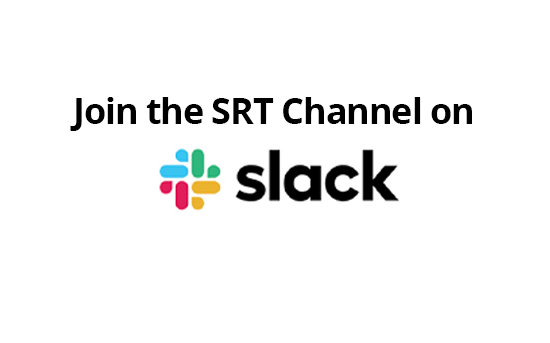Telestream’s Channel-in-the-Multi-Cloud has QoE at Heart
Streaming is the new TV and everyone loves it. But the secret truth is that very few media companies are prepared to deliver cloud streaming with a technical quality that’s on par with broadcast, at least for live and live linear channels. The one company that sees this opportunity best is seizing on it with vigor and putting it at the heart of a bold, new TV channel streaming strategy: Telestream.
I spoke with Stuart Newton, VP Strategy / Corporate Development at Telestream to hear his thoughts about SRT. Stuart left me with a good feeling of instant visibility and multi-cloud agility, shedding new light on Telestream’s strategic plan and smart deal-making.
Their new product, OptiQ, enables push-button channel creation in multi-cloud environments. According to Stuart:
“The story for OptiQ goes back a few years. In parallel with the acquisition of Ineoquest, Telestream also acquired a cloud streaming company. And during that period, we launched an effort to engage the market in conversation on these topics, live streaming, cloud, and so on. We asked an awful lot of questions.”
The narrative that came back was clear:
Most media companies wanted to embrace the cloud in some form, but many were having difficulties with it. They didn’t have the right resources. The video experts and cloud experts weren’t communicating on the same wavelength.
“It felt like a bunch of people standing on the edge, in a who’s-going-to-jump-first scenario. So we brought all the capabilities together from across Telestream, our flagship workflow capabilities, our live streaming capabilities, our video monitoring capabilities which is the IQ portfolio, and also, another acquisition we made which gave us capabilities for orchestrating video processing in multi-cloud environments. So, Azure, AWS and Google to name the main three.”
The net result, as he explained, is OptiQ, a simple, template-driven framework for live services that enables channel creation in any cloud, but with a unique differentiator: Video monitoring is natively ‘built-in’.
One of the big pain points broadcaster’s face when they migrate to the cloud is that they lose visibility and monitoring capabilities. OptiQ lowers that barrier.
But as the company approached a soft-launch at NAB this year, they knew they would have to upgrade their unreliable UDP ingest workflow. After some investigation, they quickly added SRT ingest into one of their templates.
“Pretty immediately, we saw that SRT was so useful, so reliable, that we decided to use SRT throughout. And so now with OptiQ being multi-cloud, SRT is helping us transverse those different cloud environments. And that is really big.”
Big indeed. I’ve long held the view that one of the biggest risks for cloud migration is that companies are increasingly getting locked-in to their cloud choices. And many media companies moving to the cloud are cognizant and fearful of that fact.
“One of the core goals for OptiQ was that changing your cloud provider, in terms of where you place your live streaming head-end, would be as simple as clicking a button. So if you can get new cloud pricing, or if there’s a new relationship to build on, you absolutely have that ability to easily switch clouds.”
That product strategy sounds about as dead-on as any I’ve heard in quite some time.
And it’s also yet another crystal clear example of the way that SRT is catalyzing innovation in our business, opening new markets, and offering new possibilities for media companies embracing the streaming era.
Stuart, Telestream and OptiQ will be at Stand 7.C16 & 7.C14 at IBC 2019.
If you’re heading to IBC and want to learn more about SRT, don’t miss the SRT Open Source Technical panel on September 15th in Amsterdam. This free session is designed for current and future SRT developers and will outline the applications and workflows that SRT solves, the technical roadmap, and implementation stories.


